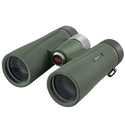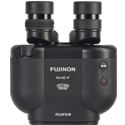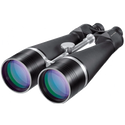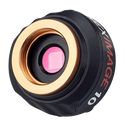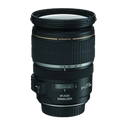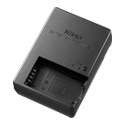Microscopes are configured to suit different applications. It is important to ensure that you purchase a microscope that is well-suited to your application. There are three basic things you need to know:
First, a light microscope has two sources of magnification. The primary source is via the objective lens. The secondary source is via the eyepiece lens. Total magnification is achieved by multiplying the (magnification) power of the objective lens by that of the eyepiece lens.
For example: Standard eyepieces have a power of 10x. When using a 100x objective lens, the total magnification would be 1,000x.
Second, and perhaps most important of all, do not fall into the trap of being attracted by high levels of magnification. The vast majority of the world’s light microscope applications require magnification levels of less than 60x!
Third, you need to know whether you need a compound or stereo microscope.



